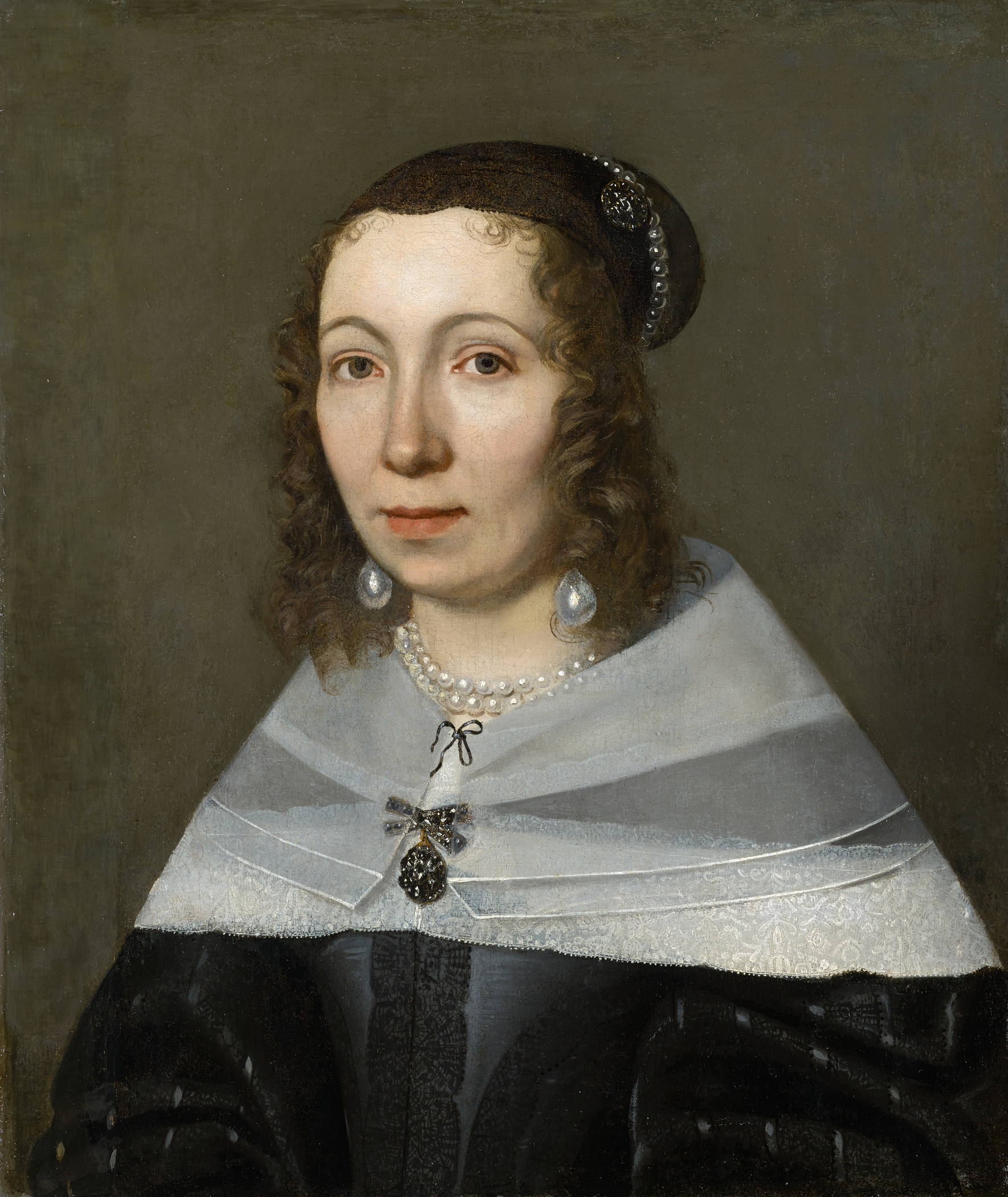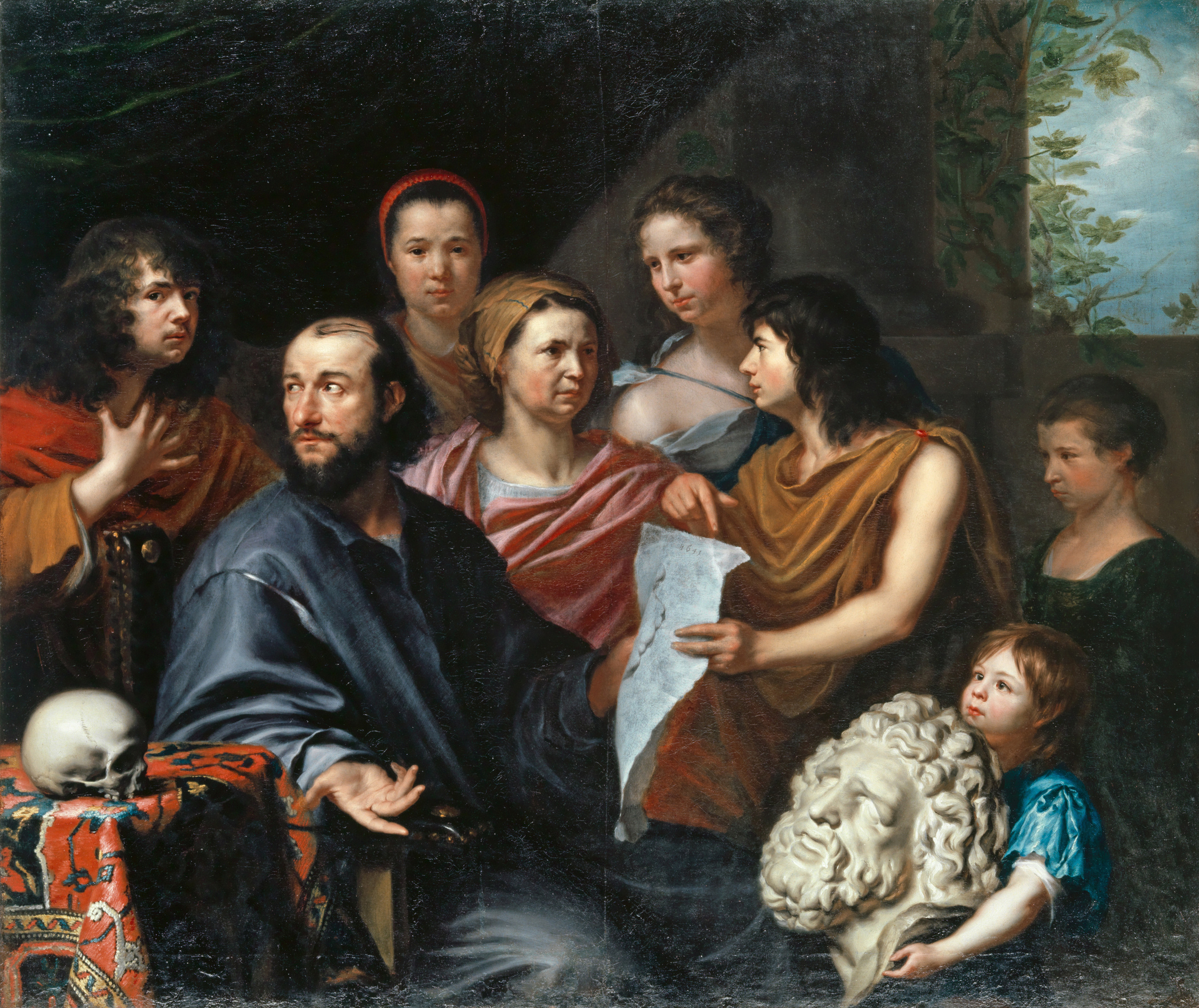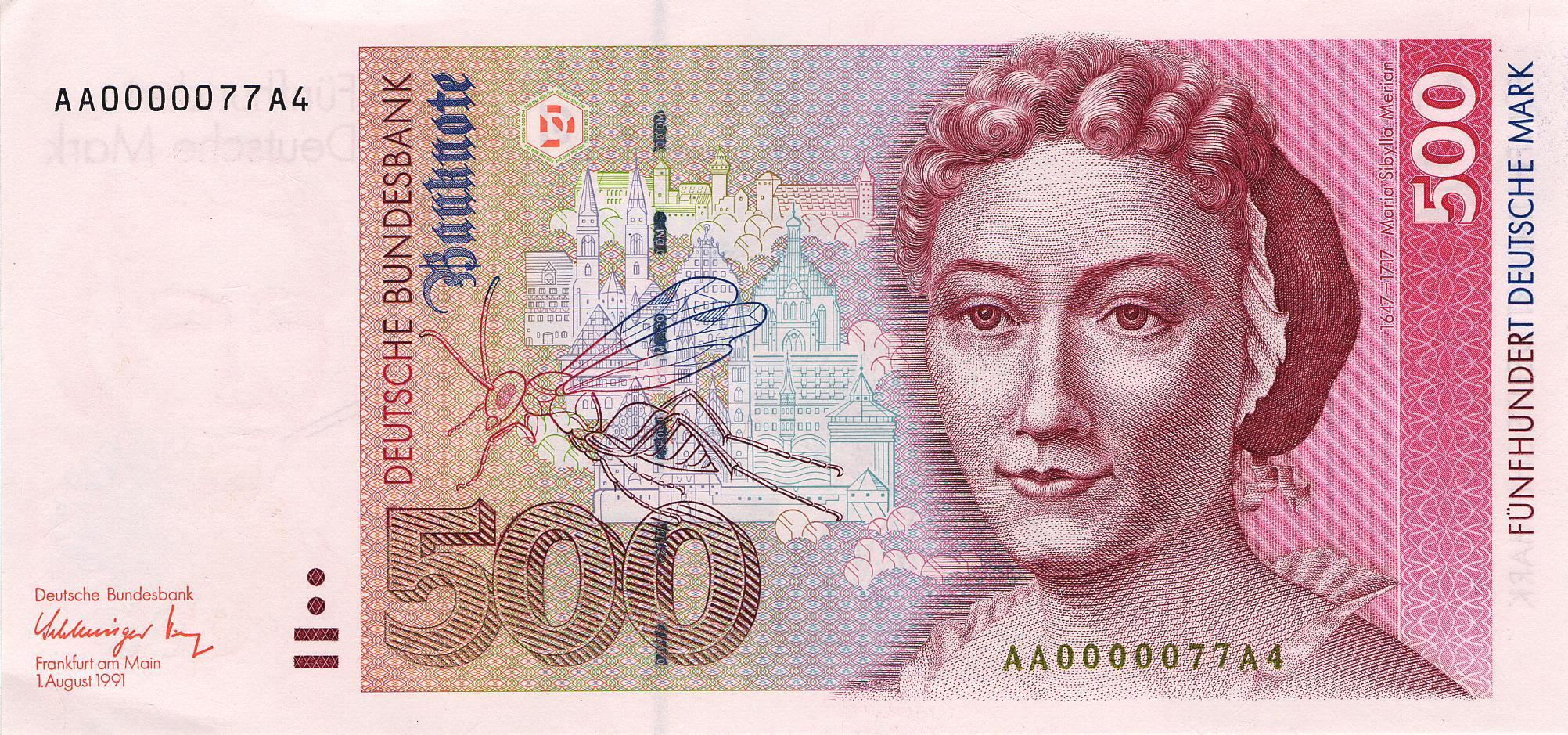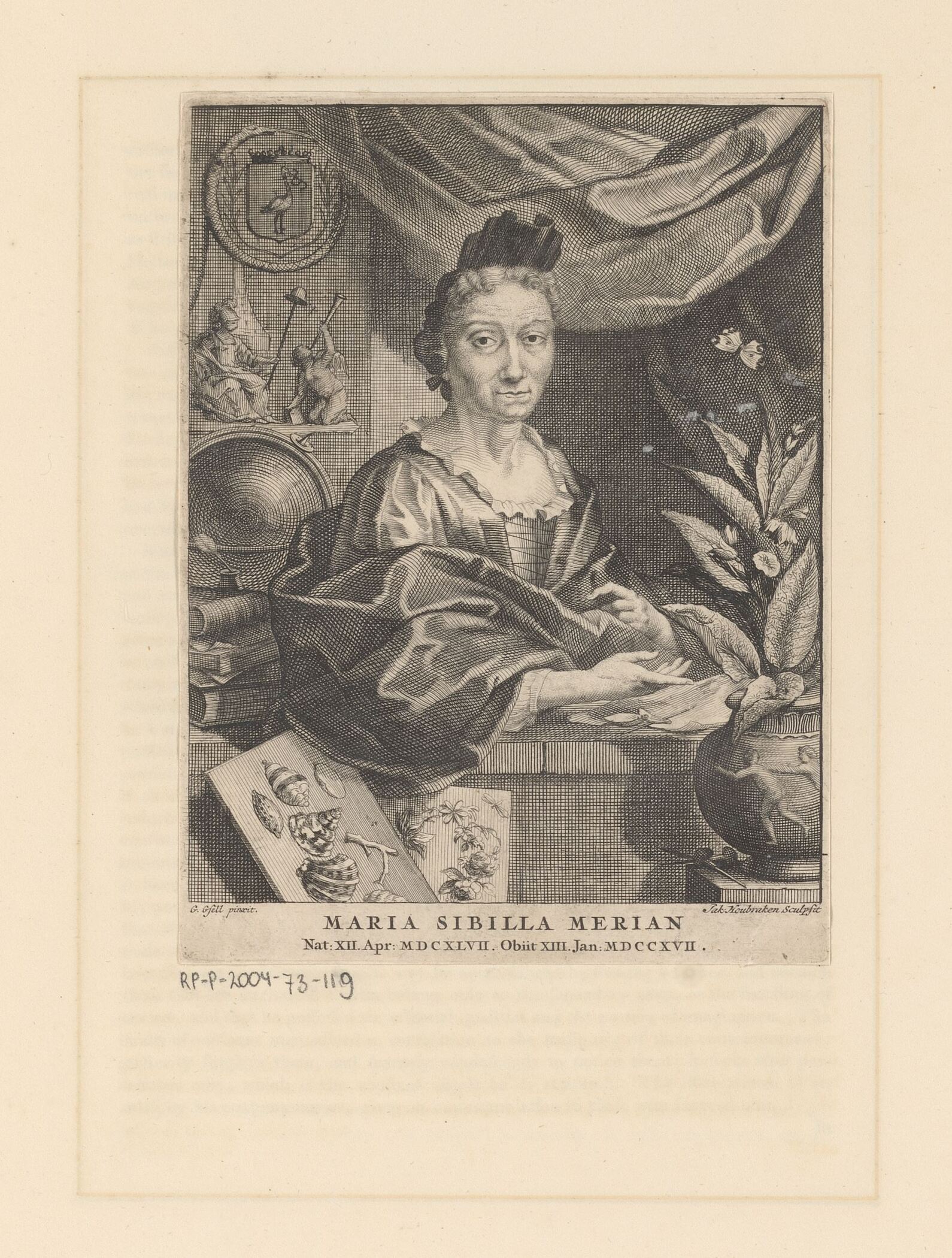Biography
Maria Sibylla Merian was born in Germany in 1647. Widowed early, her mother remarried an artist who encouraged Maria to explore the arts. While her early works are mostly botanical, she is known to have been rearing insects from a young age.
Maria married and moved to Nuremberg after the birth of her first daughter. There, she experimented with different materials and techniques. She started teaching art to aristocratic families, increasing her access to beautifully maintained gardens where she could observe and rear insects. Unhappy in her marriage, Maria moved to a Labadist community in Friesland, Germany.
Maria moved to Amsterdam in 1692 after her divorce and started to depend more on money earned from selling her art. A prolific artist, she kept observing the life cycles of insects she saw in the collections of rich doctors and businessmen.
In 1699, at the age of 52, Maria traveled to Suriname with her younger daughter, Dorothea. Maria spent two years there, drawing and making field notes of flora and fauna from Suriname. Maria noted using the help of indigenous slaves for her work. An unfortunate bout of malaria cut her trip short, but she continued working from specimens and sketches to create paintings.
Maria continued painting even after suffering a paralytic stroke, and ultimately passed away in 1717. Dorothea continued on to publish ‘Erucarum Ortus Alimentum et Paradoxa Metamorphosis’, which was a tribute to her mother’s life’s work. Maria Sibylla Merian’s work is still revered today, with regular exhibits and new books about her demonstrating her enduring, worldwide impact on the field of botanical illustration.





